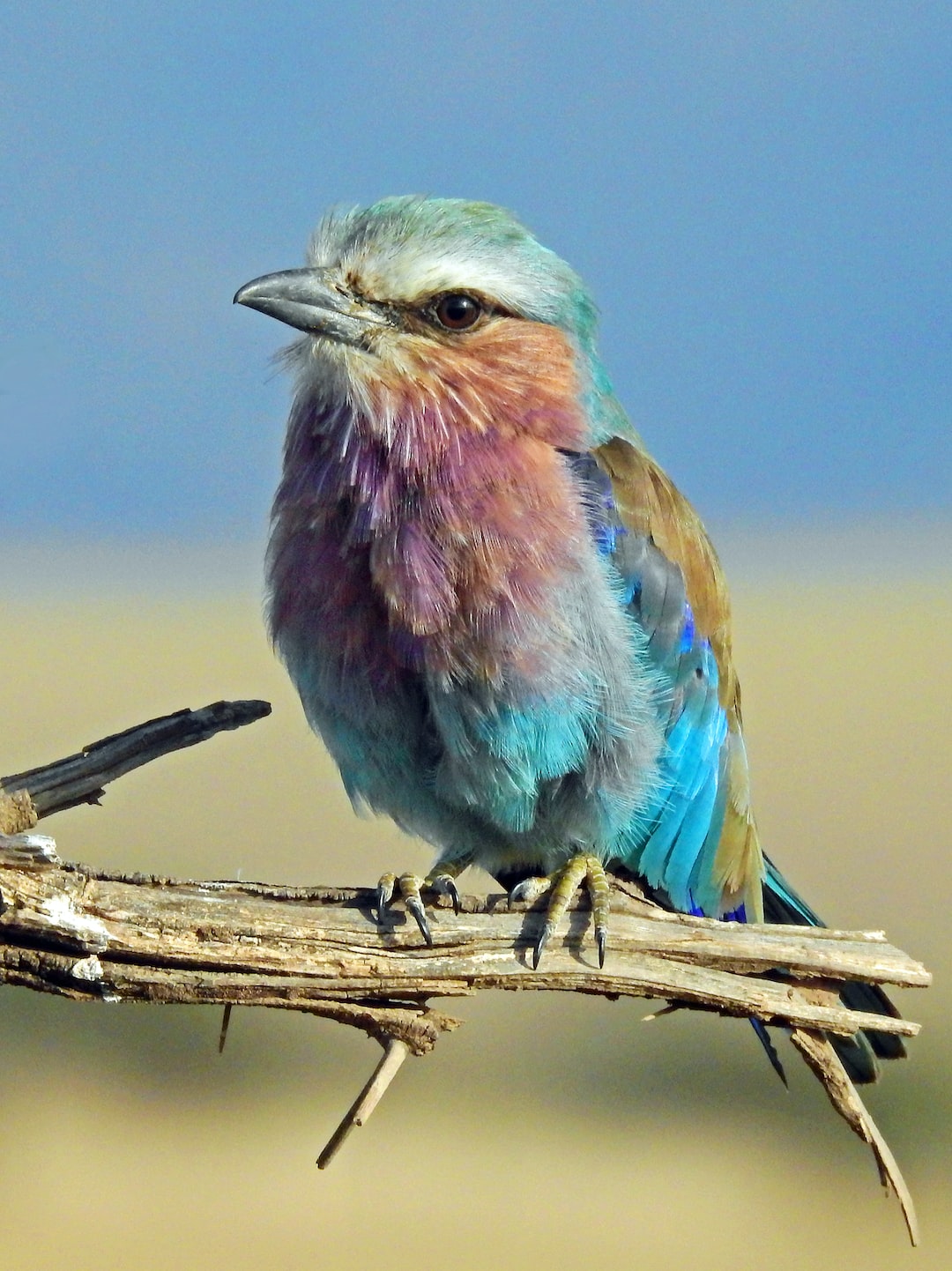The Impact of Climate Change on Wildlife: How Animals Are Adapting
Climate change is undoubtedly one of the most pressing global issues of our time. As human activities continue to release excessive amounts of greenhouse gases, such as carbon dioxide, into the atmosphere, temperatures are rising, and weather patterns are becoming increasingly erratic. While the damaging effects of climate change are often discussed in relation to human populations, it is crucial to recognize its impact on wildlife as well. Animals around the world are facing numerous challenges due to climate change, but they are also showing remarkable adaptability and resilience in their response.
One significant issue that animals encounter as a result of climate change is habitat loss. With rising temperatures, many ecosystems are being altered, and some are disappearing altogether. Species that are highly specialized in their habitat requirements, like the polar bear, are particularly vulnerable. The Arctic ice that these creatures depend on for hunting and survival is rapidly melting, leaving them with limited access to food and reducing their reproductive success. Many other animals, including migratory birds and certain mammals, rely on specific habitats during different stages of their life cycles. With the disruption of these habitats, their ability to find food, breed, and migrate is compromised.
In response to these changes, animals have been forced to adapt in various ways. One common adaptation strategy is shifting their ranges. As certain areas become unsuitable or inhospitable, many species are moving to new regions with more favorable conditions. For instance, some bird species have been observed migrating further north as temperatures rise, allowing them to find suitable breeding grounds and food sources. Similarly, some oceanic species, like fish and marine mammals, have been observed shifting their ranges to cooler waters as sea temperatures increase.
Another crucial way animals are adapting to climate change is through changes in behavior. Some species have altered their feeding patterns, breeding times, and migration routes to better cope with the changing conditions. For instance, studies have shown that some migratory birds are now arriving at their breeding grounds earlier in the year, as warmer temperatures are causing earlier vegetation growth and insect emergence. Similarly, certain mammals have been observed altering their hibernation patterns to take advantage of longer growing seasons.
Furthermore, animals are displaying physiological adaptations to withstand the effects of climate change. One study found that certain lizards exposed to higher temperatures for generations developed a higher tolerance for heat stress. It is possible that these animals are undergoing genetic changes that allow them to survive in increasingly warmer environments. Additionally, some species are displaying “phenotypic plasticity,” meaning they can adjust their physical traits and behavior in response to changing environmental conditions. This ability allows them to remain adaptable and potentially avoid extinction.
It is important to note that while some animals are showing adaptive responses to climate change, many others are struggling to keep pace. Some species simply do not have the capacity for rapid adaptation, especially when confronted with multiple threats simultaneously. For example, the coral reefs, which host an incredible diversity of marine life, are being ravaged by rising sea temperatures, pollution, and ocean acidification. As a result, species that depend on this fragile ecosystem are facing drastic declines in population numbers.
In conclusion, climate change is undeniably affecting wildlife in numerous ways. From habitat loss to shifting ranges and altered behavior, animals are constantly evolving to survive in the face of this global challenge. While some species are demonstrating remarkable resilience and adaptability, many others are struggling to cope. It is our duty to acknowledge and address the impacts of climate change on wildlife, as their survival is deeply interconnected with the health and balance of our planet. By mitigating our carbon footprint, protecting vital habitats, and promoting sustainable practices, we can help ensure a more promising future for both humans and the magnificent diversity of wildlife that cohabitate our planet.
